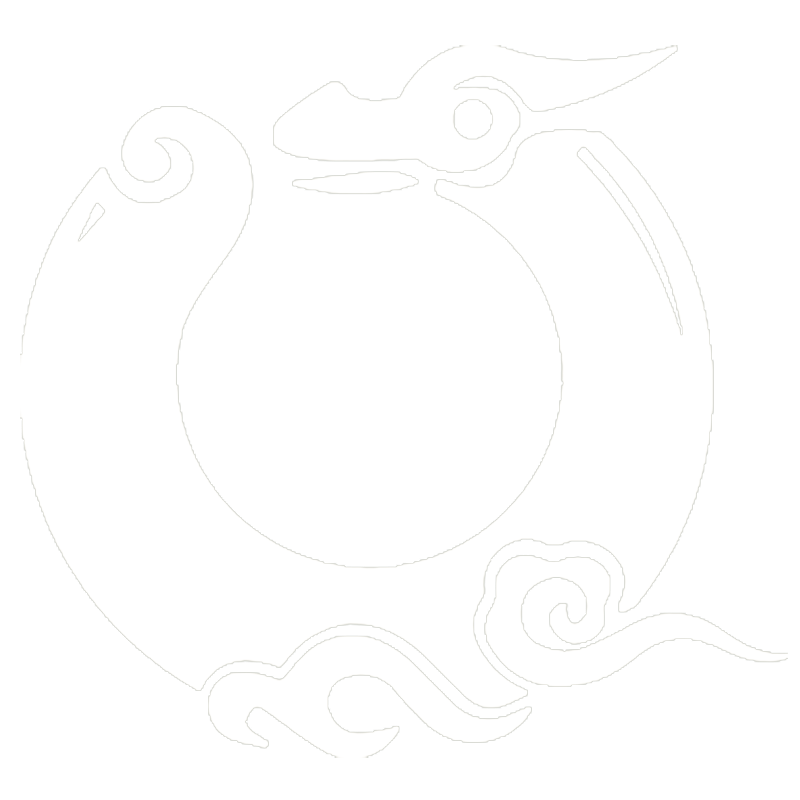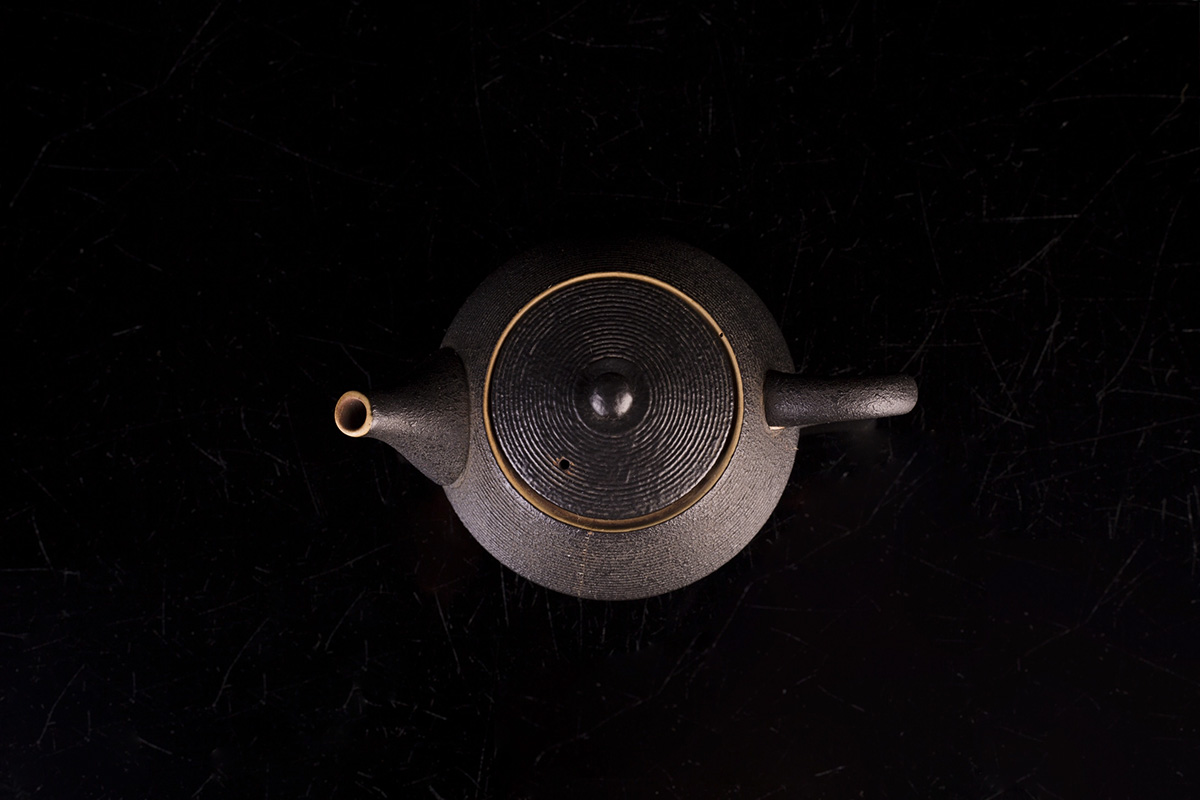Introduction
Porcelain, often referred to as “fine china,” is a type of ceramic that has been cherished for centuries for its strength, translucency, and beauty. Its manufacturing process is a sophisticated art that involves the careful selection of raw materials and precise control of the production steps. This article delves into the intricate process of porcelain manufacturing and the criteria for selecting the appropriate materials.
Raw Materials
The primary raw materials used in porcelain production are:
- Kaolin: Also known as china clay, kaolin is a soft white clay essential for the production of porcelain. It provides the plasticity required during shaping and contributes to the whiteness and translucency of the finished product.
- Feldspar: Feldspar acts as a flux, reducing the melting temperature of the mixture, which aids in the vitrification process, giving porcelain its glass-like quality.
- Quartz: Quartz adds strength and durability to the porcelain body, ensuring the final product can withstand handling and use without chipping or cracking easily.
- Ball Clay: Although not always used, ball clay can be added to improve plasticity and workability during the shaping process.
Material Selection
The selection of materials for porcelain is critical, as the properties of the raw materials directly influence the characteristics of the final product. Here are the key considerations:
- Purity: High-quality porcelain requires raw materials that are free from impurities. Impurities can cause defects such as discoloration, spots, and structural weaknesses.
- Particle Size: The particle size of the raw materials affects the smoothness and workability of the clay. Finer particles result in a smoother, more refined product.
- Chemical Composition: The chemical composition of the materials determines the firing temperature and the final properties of the porcelain. Consistent composition ensures uniformity in production.
Manufacturing Process
The manufacturing of porcelain involves several stages, each requiring precision and expertise.
- Preparation of the Clay Body:
- Mixing: The raw materials are measured and mixed in specific proportions. Water is added to form a homogenous slurry.
- Filter Pressing: The slurry is then passed through a filter press to remove excess water, resulting in a plastic clay body.
- Shaping:
- Throwing: Skilled artisans shape the clay on a potter’s wheel. This technique is often used for creating unique, handmade pieces.
- Slip Casting: Liquid clay (slip) is poured into plaster molds to form the desired shapes. This method is suitable for mass production of uniform items.
- Pressing: Clay is pressed into molds under high pressure, often used for flatware like plates.
- Drying:
- Shaped items are carefully dried to remove excess moisture. This stage must be controlled to prevent cracking or warping.
- Bisque Firing:
- The dried items undergo a preliminary firing at a lower temperature (around 900-1000°C). This process, known as bisque firing, hardens the clay and prepares it for glazing.
- Glazing:
- A glaze, which is a glassy coating, is applied to the bisque-fired items. The glaze can be applied by dipping, spraying, or brushing.
- Glaze Firing:
- The glazed items are fired at a higher temperature (around 1200-1400°C). This firing vitrifies the clay body and fuses the glaze to the surface, resulting in a hard, translucent finish.
Quality Control
Throughout the manufacturing process, rigorous quality control measures are implemented to ensure the final product meets the desired standards. This includes:
- Visual Inspection: Checking for defects such as cracks, blemishes, and inconsistencies in shape and size.
- Dimensional Checks: Ensuring that the items conform to specified dimensions.
- Firing Control: Monitoring the firing process to achieve the correct temperature and duration.
- Glaze Testing: Verifying the uniformity and adherence of the glaze.
Conclusion
The art of porcelain manufacturing is a blend of traditional craftsmanship and modern technology. From the careful selection of raw materials to the precise control of each production stage, every step contributes to creating a product that is not only beautiful but also durable and functional. Understanding the complexities of this process enhances our appreciation for the elegance and artistry of fine porcelain.

